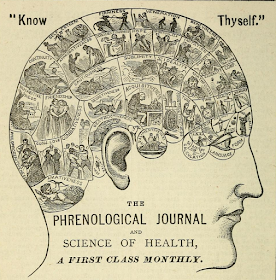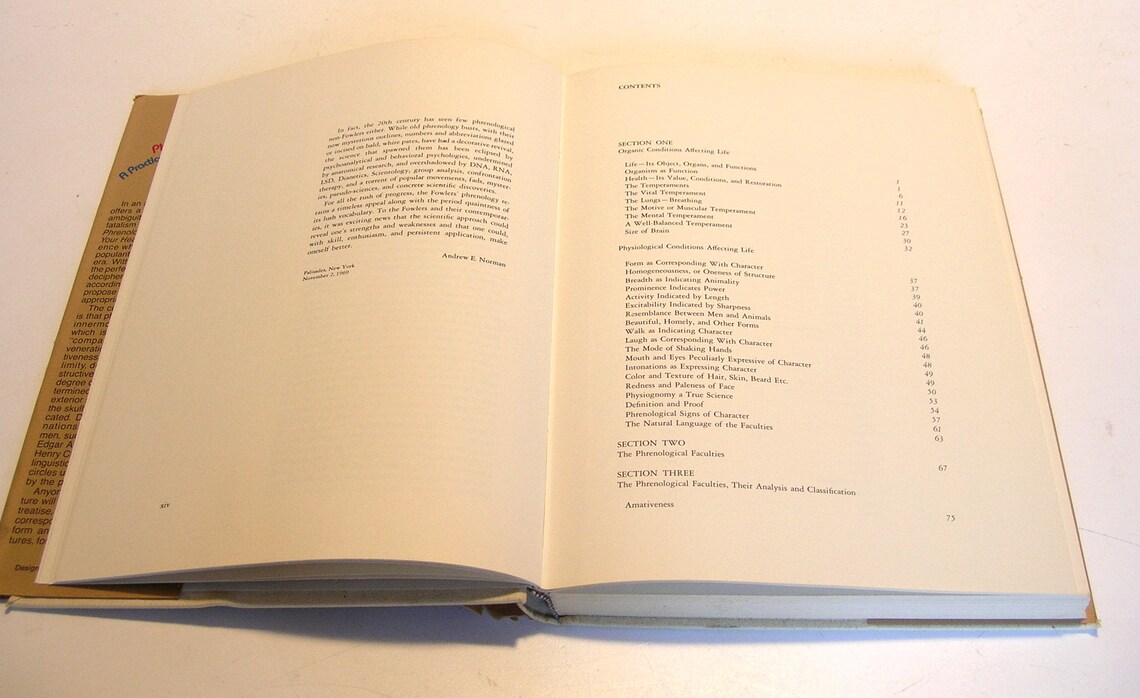
Parnell’s preserved head until the final bankruptcy of Fowler & Wells occurred in 1914. The museum operated until its closure in 1911, and most likely was the final resting place of Dr. Parnell was recorded as being in the archives. Many Victorian homes displayed such heads as evidence of an educated and liberal-minded family.įigure 4 – Victorian-Era Phrenological Bust, Typically Kept in Homes for Referenceįigure 5 – The Traveling Phrenologist, as Portrayed by Joseph Becker in a 19 th Century Newspaperįowler & Wells also maintained an extensive collection of papers and a museum of phrenological specimens (preserved heads, crania, skulls, etc.) in New York City. It soon became a symbol of the discipline. Lorenzo spent much of his life in England where he developed the phrenology head (a china head showing the location of a person’s phrenological faculties).

Orson Fowler is also well known for his promotion of octagonal homes and the presumed therapeutic power they contained.

Orson, together with his associate Samuel Wells, started the Fowler & Wells phrenological business and publishing house in 1838. But their success lay more in commercialization and entrepreneurial activities than in advancing the scientific theories of phrenology. The brothers Lorenzo Niles Fowler (1811-1896) and Orson Squire Fowler (1809-1887) were two of the leading phrenologists of their time. Parnell’s head was removed, preserved and shipped to Fowler & Wells in New York City. Have you read part 1? Click HERE to read part 1! Parnell’s HeadĪs he requested, Dr.

Decrease Font Size Increase Font Size Text Size Print This Page Send by Email


 0 kommentar(er)
0 kommentar(er)
